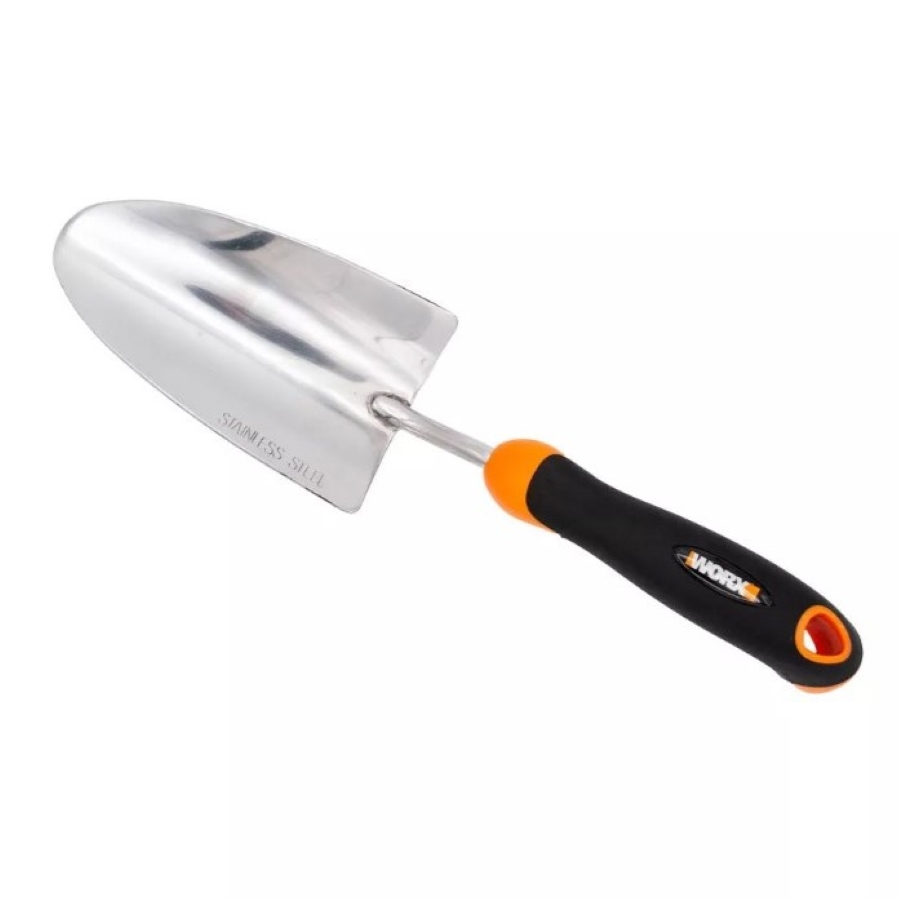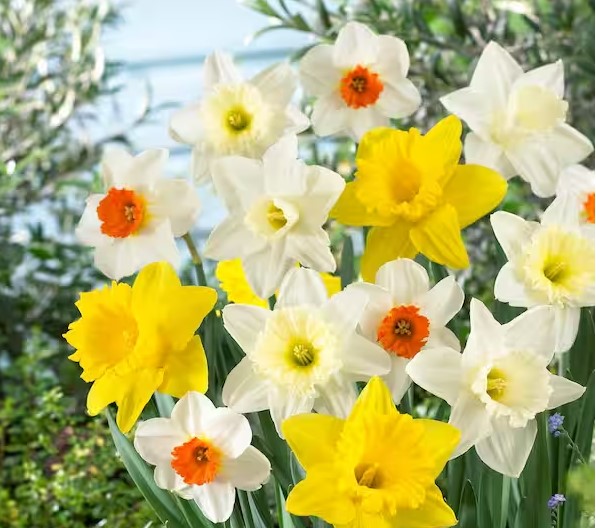How to plant daffodil bulbs like gardening pros do – and why right now is the time to do it
Your complete guide to planting daffodil bulbs, including tips to get the most out of your flowers
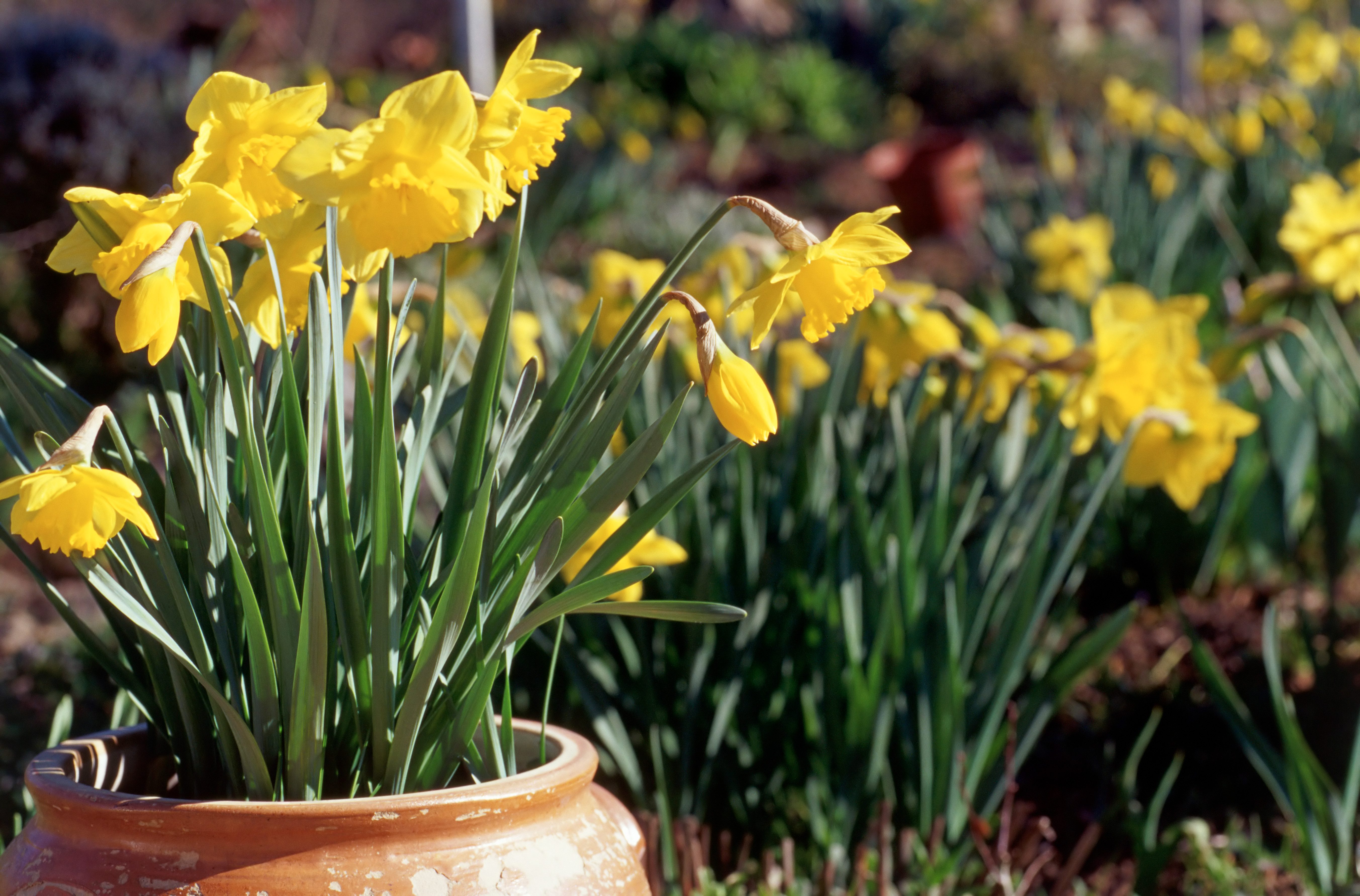

Daffodils bring vibrant color and joy to your backyard and a smile to everyone's face. So naturally we are eager to plant the bulbs as soon as possible, but are we doing it right?
With so many different varieties and specifications it can be difficult to keep up with all their specific needs. How, where and when to plant daffodils is something people often forget, and a gardening mistake made by beginners. That's why we have put together this comprehensive guide to planting daffodils to provide you with everything you need to ensure a beautiful bloom come spring.
Our expert gardeners have educated us on the best way to plant daffodil bulbs, as well as revealing some of their top tips to get the most out of them. Check out this guide if you want gorgeous daffodils next year.
When should I plant daffodil bulbs?
Daffodils are one of the many flowers to plant in September. 'The best time to plant daffodils is in the fall when the temperatures start to cool,' says gardening expert and writer at Plant Addicts, Jessica Mercer. For most places, this period is ideally from late September as this is typically when the weather begins to cool. You should, however, consider your specific location and climate. In colder climates September is usually best, but in warmer areas October and November are better.
Planting your bulbs in early fall means that the soil is not yet hardened from the cold, and gives the bulbs time to get comfortable before winter. 'When you plant, the earth must still be usable but the soil must have cooled,' says Mike Lansing, Editor of Planters Digest. 'Daffodil planting requires soil that is 60 degrees Fahrenheit and 6 inches deep,' he explains.
To give your bulbs the best chance you need to give the bulbs enough time to establish their roots before the harsh winter comes and the ground freezes. Planting in late September to early November will allow them plenty of time to settle in before the cold temperatures arrive.
Where should I plant daffodil bulbs?
Selecting the right location for your bulbs is the next important decision that requires some planning. Daffodils have a couple of requirements that need to be met to ensure healthy blooms next year.
'Select a location that receives ample sunlight, preferably at least 6 hours a day,' says Lindsey Hyland, gardening expert and founder of Urban Organic Yield. Daffodils require a lot of sun so getting their location right is essential.
It is equally as important to ensure they are planted in soil with good drainage as they are vulnerable to disease if they are surrounded by damp. 'Daffodil bulbs require excellent drainage and will rot if the planting site is soggy or contains dense clay,' explains Jessica. She explains that there are a few things you can do to maximise this. 'Try planting the bulbs on a slope, where moisture can drain off easily during wet winters. If you don't have a slope, loosen the soil at the planting site and mix in ample organic matter to improve drainage.' You can also add organic matter or mulch to promote drainage.
How do I plant daffodil bulbs?
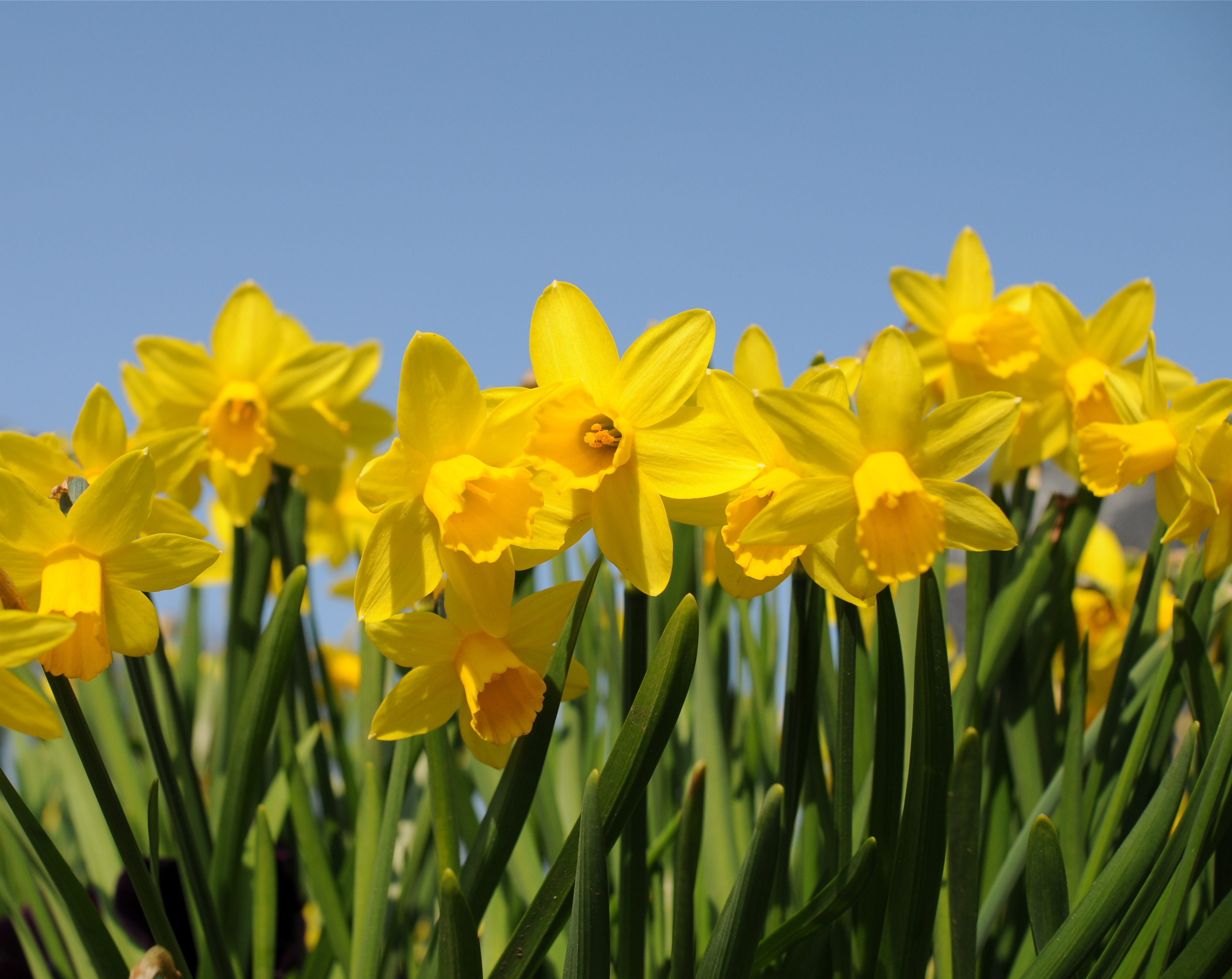
Once you have the appropriate location, it is time to plant. Planting daffodils is easy, when you know how. Follow these simple tips from expert gardener Jessica Mercer to ensure you're getting it right.
1. 'Plant daffodils with the pointed side facing up in a hole that is 2-3 times as deep as the height of the bulb.'
2. 'Large drifts of daffodils make a bigger statement than single bulbs dotted around, so try planting 5 bulbs together, spaced 4-5 apart. The easiest way to plant a group of bulbs is to dig a trench wide enough to accommodate all 5 bulbs.'
3. 'Once placed in the hole gently cover with soil and water.'
Top tips for caring for daffodils
After you have carefully planted the bulbs it is important to care for them until spring. Luckily daffodils don't require much care, making them one of the easiest flowers to grow.
Zahid Adnan, founder of The Plant Bible, advises a general low-maintenance gardening schedule that focuses on water and pest control. 'Keep the soil consistently moist but not waterlogged throughout the fall,' he says, 'Daffodils need moisture to establish roots before winter. You should also keep an eye out for pests like slugs and snails, and address any issues promptly. Daffodils are generally resistant to most diseases,' he says.
Daffodils don't require fertilizing, however adding organic matter will help them on their way. 'You can spread some compost around the planting site to add nutrients and protect the bulbs during freeze-thaw cycles, but otherwise, the bulbs should be fine until spring,' says Jessica.
Other than that you can rest easy that your blooms are busy growing under the soil and will be with you when Spring arrives.
You will need
Be The First To Know
The Livingetc newsletters are your inside source for what’s shaping interiors now - and what’s next. Discover trend forecasts, smart style ideas, and curated shopping inspiration that brings design to life. Subscribe today and stay ahead of the curve.

Formerly a news writer for Livingetc, Amy completed an MA in Magazine Journalism at City, University of London, and has experience writing for Women’s lifestyle publications across arts, culture, and beauty. She has a particular love for the minimalist aesthetic mixed with mid-century furniture, especially combining unique vintage finds with more modern pieces. Her previous work in luxury jewellery has given her a keen eye for beautiful things and clever design, that plays into her love of interiors. As a result, Amy will often be heard justifying homeware purchases as 'an investment', wise words to live by.
-
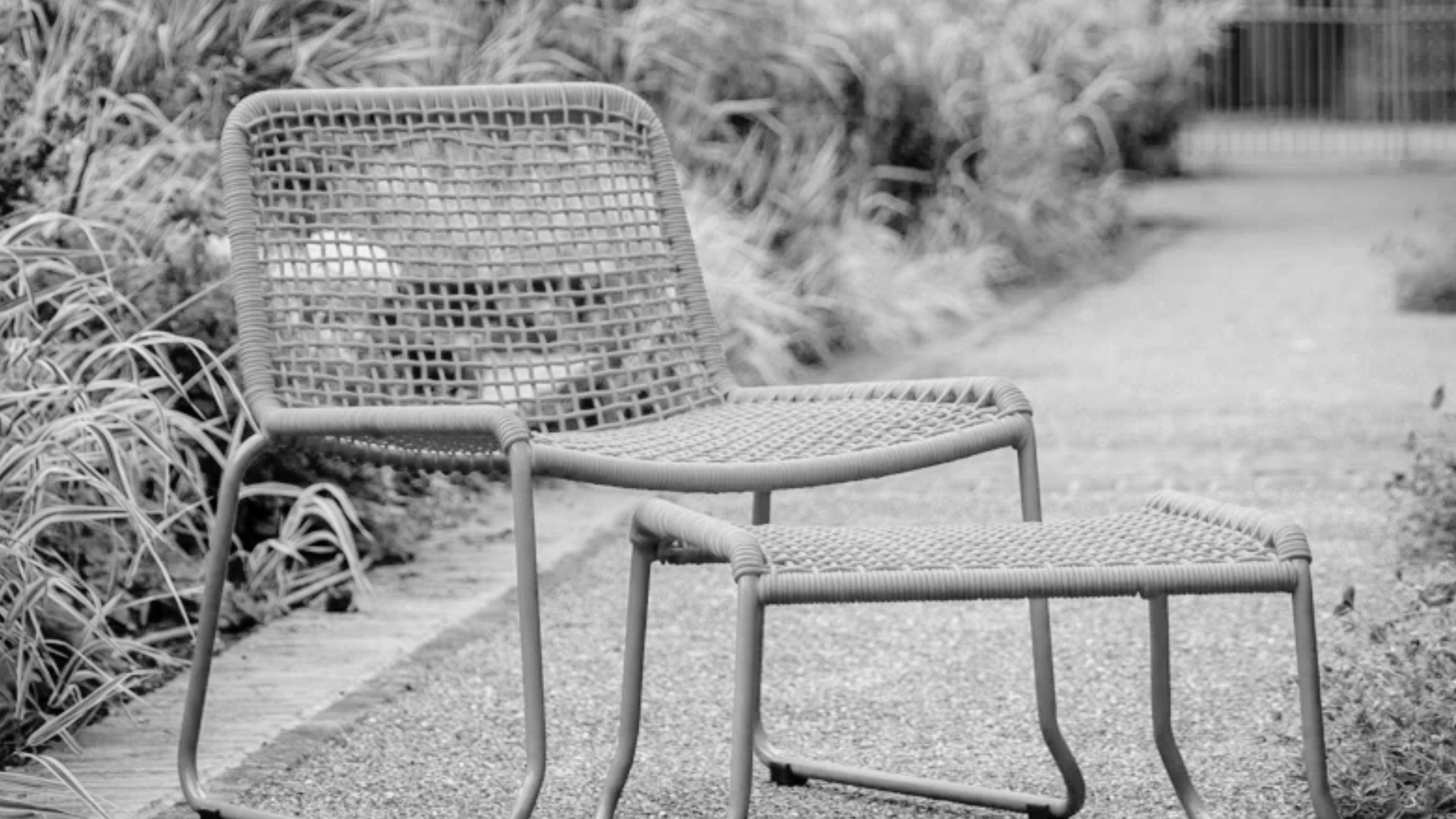 This Outdoor Lounger Is the Color of the Season for Garden Furniture — And It's on Sale This Weekend
This Outdoor Lounger Is the Color of the Season for Garden Furniture — And It's on Sale This WeekendThis year, it's all about the contrast, and this bright, sunny hue is the perfect foil to your green outdoor spaces
By Hugh Metcalf
-
 Kelly Wearstler Designed an Animal Hospital Where "Anxiety Just Melts Away", and I'm Taking Notes for My Own Home
Kelly Wearstler Designed an Animal Hospital Where "Anxiety Just Melts Away", and I'm Taking Notes for My Own HomeThe renowned designer's foray into healthcare demonstrates have even the most functional of spaces can still be design-forward
By Devin Toolen
